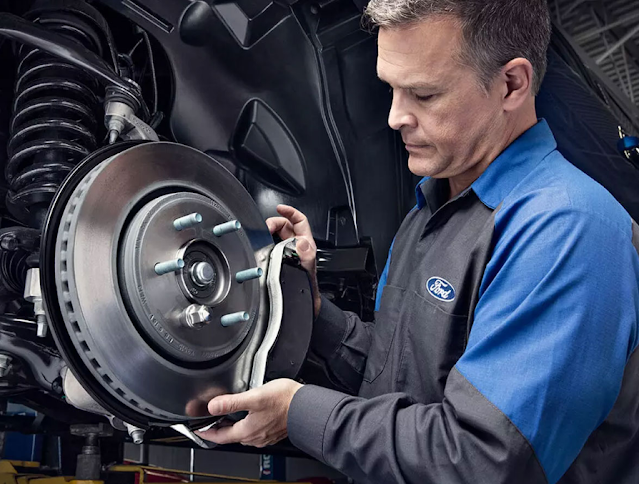The Evolution of Shoe Tags | From Function to Fashion
Shoe tags are probably the most unsung hero of the footwear industry. But this small informational tags on the shoe have a big role to play. It’s not just yet another piece of info. Servicing as both basic need and a fashion statement, the history, function, and modern-day shoe tags are another step in the non-stop evolution of footwear.
Historical Perspective
Image courtesy the author Strips of paper calling out a number weren’t too different from those topics-of-conversation shoetags of old ones that you might have seen in Dickens or Dostoevsky novels: Tags For Shose made by Sarah Grimbley. Repairs to be attended to by the bearer. Care instructions: remember your St John’s wort for pitting and corns. Close the window if the weather gets vagrant, as this shoe likes a steady climate.Yet often the only information conveyed was the name of the shoemaker. In the largely handmade shoe world of pre-industrial times, nothing much could be done if the shoe didn’t fit. The shoemaker who cunningly kept the feedback for his own use (until a customer happened by again) was clearly not as clever as he might have been. Shoemakers soon got wise to the benefit of gaining more specific information about their customers. And as shoes began to be made more industrially in the 19th and 20th centuries, so the purpose of shoetags expanded. Size and the composition of the shoe’s materials began to be noted.
Functionality and Information
One of the clearly identifiable functions of the shoe tag is to identify or label the product. The structure of a modern shoe tag will often heed to include:
Size Information: The most important one is the size of the product. This would help the buyer choose the correct size. Tags tends to have local as well as international size often because of the global market.
Material: Tags can include whatever kind of materials were used in the shoes’ manufacture, such as leather, synthetic materials or rubber. Buyers who are overwhelmed by allergies will want to know this role.
Care directions: Look after your shoes and they’ll serve you for longer. Tags therefore often provide instructions on how such items should be cleaned and cared for.
Brand and origin: The brand name (wine) and the country of origin (Sardinia) are both mentioned in the tag. This is useful for consumers who want to buy high-end products or those that are made ethically.
Legal and Compliance Requirements
As well as providing this kind of useful information, shoe tags must adhere to other regulations. For instance, in many countries the authorities have put laws in place to ensure that certain information features on tags, for example the material content of the shoes and instructions about their care. This is intended to protect the consumer and make sure they make informed decisions when making purchases. Failing to conform to these rules can lead to fines and legal entanglements for manufacturers, which means that labelling has to be accurate and clear.
Fashion and Branding
Functionality is crucial, but the humble shoe tag has also become a blank canvas for artistic and branding flair. It is not unusual for a high-end designer to incorporate the tag as a way to promote the label’s logo, a special design or a collaborative effort. For a luxury brand, the tag could quite easily become a look in and of itself.
Design: Some of the finest tags of high-fashion footwear are embossed or adorned with floral, geometric or other distinctive motifs. They could be made of precious metals, such as gold or silver.
Personalisation: Reputed family shoe company allow customers to customise their shoe tags by adding names, initials or other special messages to the tag, making them one of a kind.
Sustainability and Innovation
With sustainability being more top of mind, the tags themselves have been innovating as well. Many brands are opting for recycled paper or biodegradable plastic for their tags. And some are adding to the information on tags with digital technology like QR codes or NFC chips to enable consumers to engage with even more information about things like the environmental impact and supply chain of the product.
Future Trends
Looking ahead, shoe tags are likely to continue evolving. Some potential trends include:
Smart Tags: my ‘smart shoes’ would now enable instant access to real-time data about shoe performance, maintenance reminders or carry the shoe’s history on their smart tags, all utilising the smart phone or another wearable device with which they could communicate.
Increased personalisation:If people one day have access to apps or storefronts where they can personalise their new shoe flies in an old-school shoemaking setting like this, much of the creative work traditionally done by shoemakers would become obsolete.
More consumer transparency: With better consumer education, people are demanding more information about the products they buy, and these future shoe tags could show exactly where they were made, how the products were designed and assembled, the environmental impact of what was involved, and audits of ethical practices throughout the supply chain.
Conclusion
Shoe tags appear to be low-hanging fruit, but they are a critical piece of a multi-billion dollar industry. And like the industry itself, a manufacturer’s choice of shoe tag material reflects larger trends in consumer preference, technology and sustainability. There are sure to be more changes in the shoe tag industry as the footwear industry confronts new challenges and opportunities.




Comments
Post a Comment